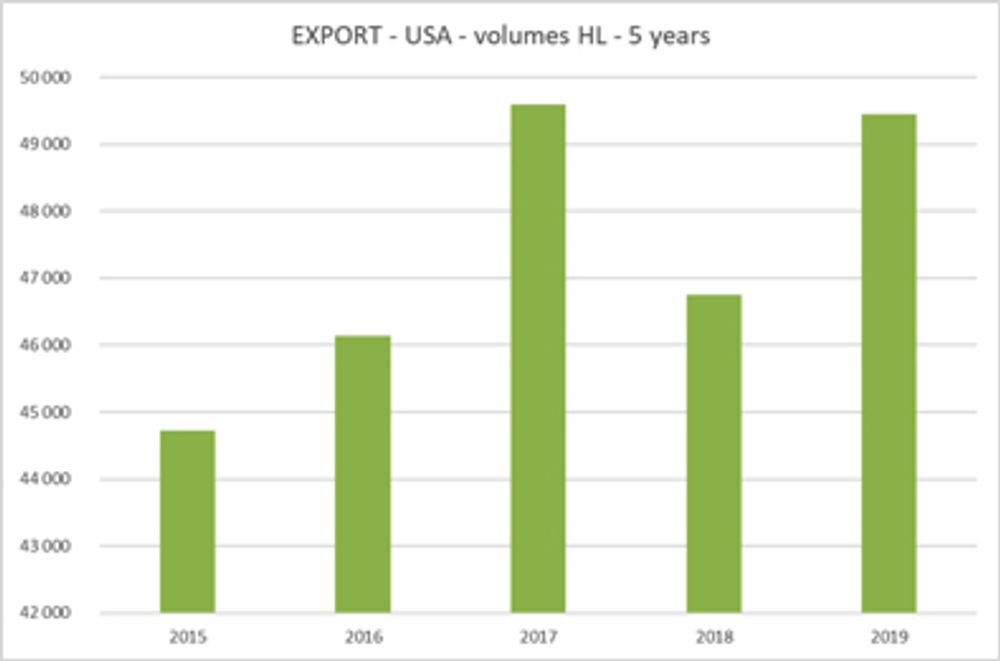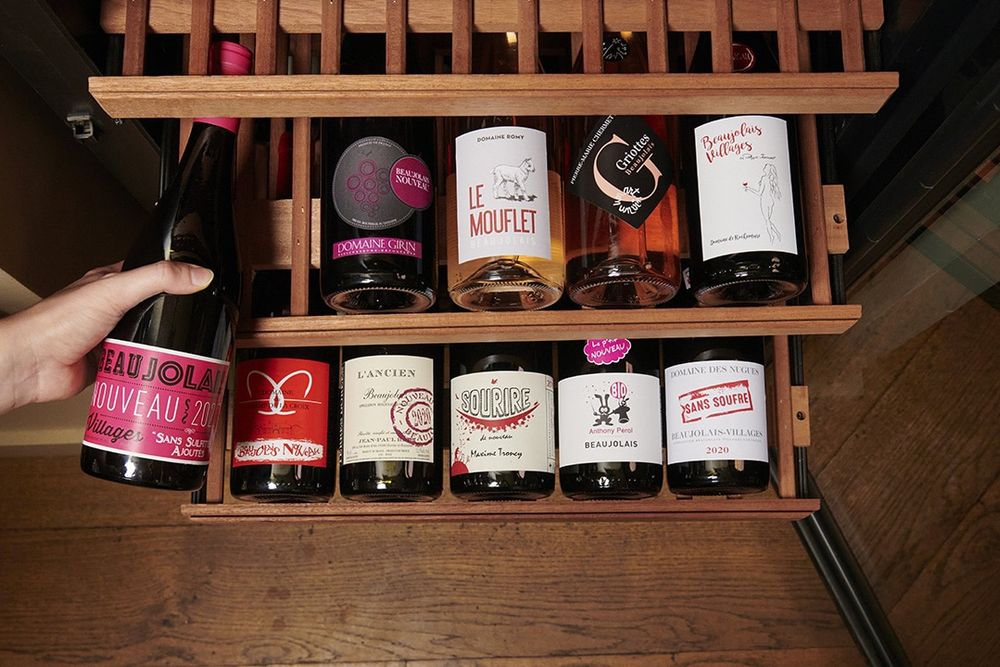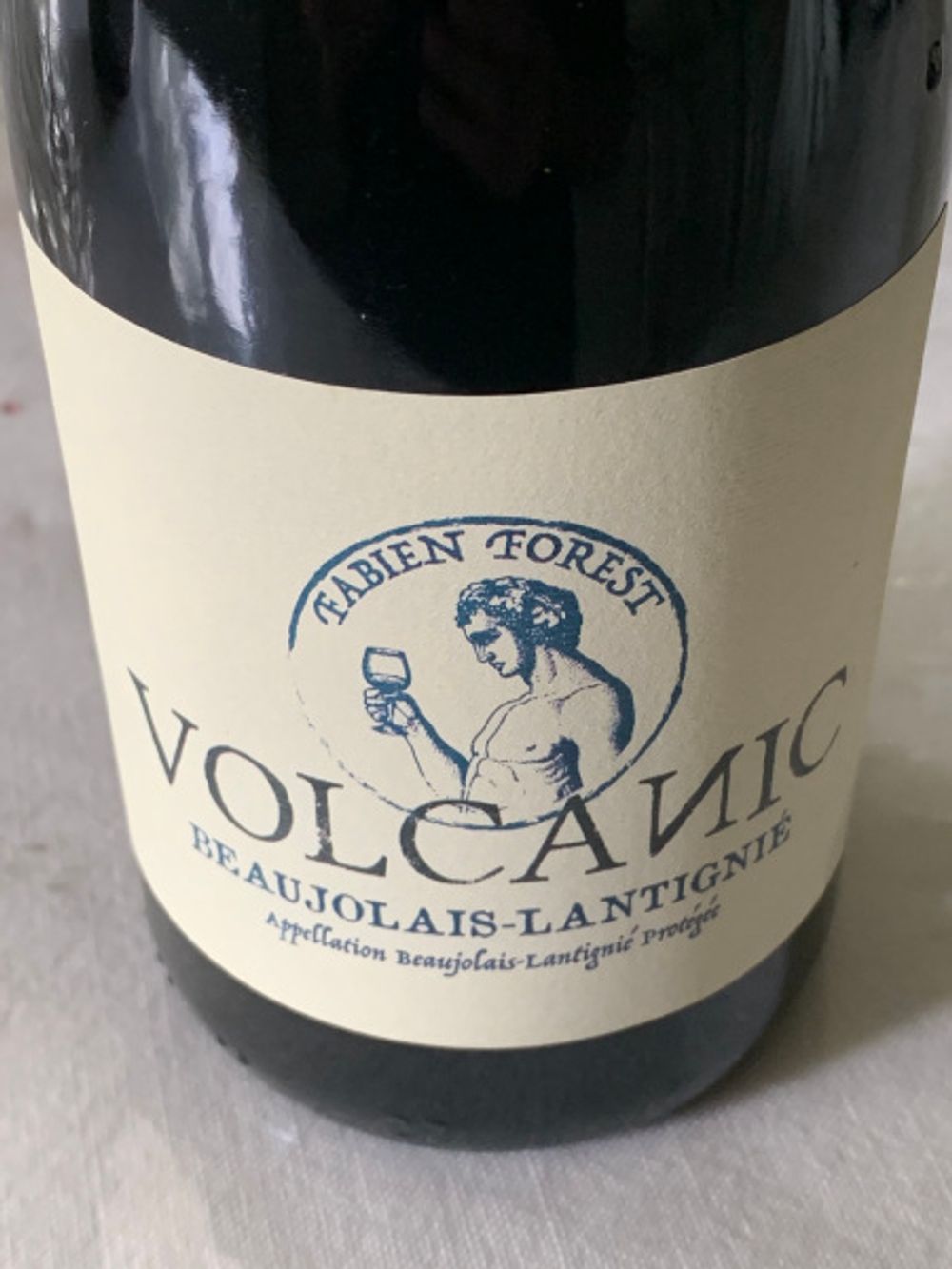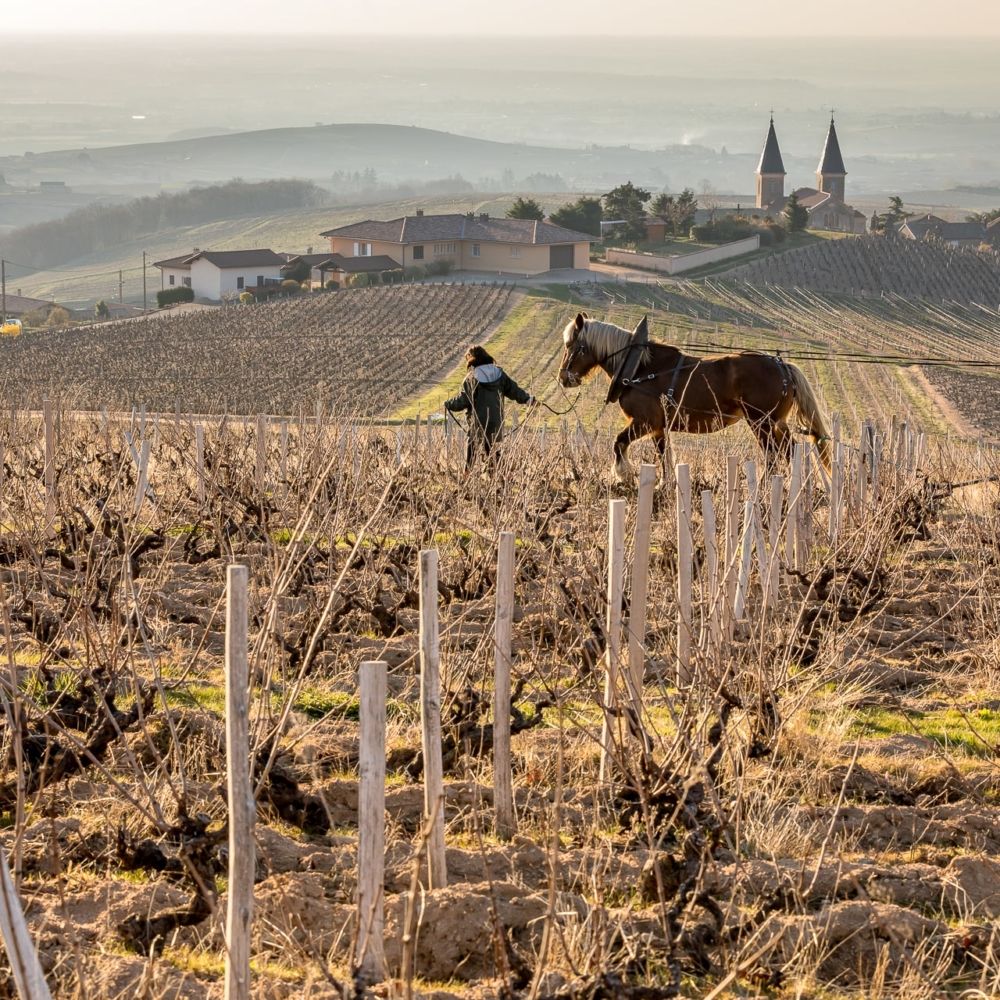Inter Beaujolais has a new visual identity which is “Beaujolais New Generation”, which shines a light on the new perspectives and new challenges in the region highlighting environmental approaches to winemaking, collective approaches and diversity of the wines and appellations.

Cécile Bossan-Redon, managing director Inter Beaujolais
Peter Dean: Can you give us a quick overview of the 2019 vintage – in terms of major challenges and successes?
Cécile Bossan-Redon: The principal characteristics of the 2019 vintage is that there was great diversity in the vineyards, among the crus (due to climatic conditions) and that it is a ‘solar vintage’ with a nice ageing potential.
The 2019 was hardly restful for the growers: spells of frost in the Spring, drought, and several hailstorms disrupted the vineyard. Due to those climate hazards, the 2019 vintage is currently displaying substantial diversity, from the north to the south. The harvest is small – half the size of the previous vintage – leading to a yield 25% lower than the last 5-year average.
Despite everything, the first wines we tasted in the cellars heralded a promising vintage. The August rainfall supplied the vines with water. Consequently, grapes finished maturing in favourable conditions and were picked ripe, with pleasant natural acidity. They were in good health, providing a nice sugar level, balanced out by precious acidity. With this vintage, which was neither early nor extremely late, the grapes are full of freshness – the freshness we’re so fond of finding in the Beaujolais Gamay grapes. Its ageing potential will be attractive and the wines luminous.
Is there another recent Beaujolais vintage that you can compare 2019 to?
2017, 2018 and 2019 were solar vintages, and in particular 2019. Logically with dark tonalities and a kind of density in the glass. There’s also no lack of Rhône-like aromas associated with the type of vintage: violet, iris, peony and black fruit. The generous character of the juice is perfectly expressed around solid and well-constructed, lively tannic structures. 2019 is a fleshy, juicy and sappy vintage that should be left to “grow up” nicely under the wings of its elders, namely 2017 and 2018.
Last but not least, according to the adage, 2019 is a great year (as most of the “9” vintages)!
The export figures to the UK are encouraging (for the first 8 months of the year), but with 34% increase in volume and 19% in value – does this mean that low price-point is the main driver?
The UK has become the first export market for Beaujolais wines – 22,220hL – as at the end of June 2020.
The gap you refer to could probably partly be explained by the category figures: Beaujolais and Beaujolais-Villages wines (which are usually less expensive than Crus) have increased in exports more than crus during the last months.
How have sales been hit by the US tariffs?
The quantities from the harvest 2017 were lower and have impacted export sales in 2018. And Beaujolais exports to the US have been impacted by the US tariffs (see graph below).

USA were the first export market for the last three years 2017-2018-2019, however, in the first semester of 2020, USA moved to second place after the UK. During the first semester (compared to the same period in 2019), exports to USA have decreased by 4% in volume and 21.5% in value, showing the impact of the tariffs.
We continue our efforts of communication in the USA to increase our notoriety. Beaujolais wines are in line with the US consumption trends: low in alcohol, great value at an affordable price, reflecting the spirit of sharing that Beaujolais and US care so much about.
How have sales been hit by Covid-19?
Covid-19 has of course impacted behaviour and the consumption of wines all over the world: consumption, behaviour, means of purchase have evolved, etc. From this new challenge, we feel a new balance has been born. Sweden and the United Kingdom have continued to discover Beaujolais wines (the figures are very promising) for different reasons: free movement, explosion in online sales, online training, etc.
New behaviours have also emerged, especially in France, with the purchase directly from the producer, in the cellar or with home delivery by the winegrower. In the first months of 2020, Beaujolais was the best performing French wine region and the only region with positive exports (+ 3.68%).

Who’s new and exciting from a winemaking perspective? (who should we be looking out for?)
Some of the main changes include the Territoire des Pierres Dorées (literally meaning “Territory of Golden Stones” which is striving to become a geographic denomination complementary to the Beaujolais appellation. This is a project that was started 15 years ago, is currently being processed, and will affect about 100 growers.
The indication “Pierres Dorées” would then be added to the existing appellation. Forty- five communes could use the “Pierres Dorées” indication, referring to an area of 1,500 to 2,000 hectares (between a fourth and a third of the AOC Beaujolais), stretching between Rivolet in the west, the Saône in the east, L’Arbresle in the south and Saint-Julien in the north. The application for recognition led with France’s INAO (National Institute of Origin and Quality), defining the production conditions and areas, is currently being processed. “Beaujolais Pierres Dorées” can already be recognised as many Beaujolais estates and trading houses include “Pierres Dorées” on their labels.
Another change is the Vignerons et Terroirs de Lantignié which is an initiative to bring together winegrowers eager to enhance the beauty of their terroirs, based on environmentally-friendly practices. The non-profit “Vignerons et Terroirs de Lantignié” was created in 2017. It is open to all the local growers who want to fly the Beaujolais flag higher. A “cru” application is being processed by the Beaujolais and Beaujolais-Villages management office, in hopes that in the long term the “Lantignié” appellation will become a reality. The Lantignié group has several goals: enhance the land and provide the growers with a tool worthy of their wines, allowing them to express their full potential, and pave the way for generalising good agro-ecological practices that benefit the terroirs.
Similarly there is the Terre des Brouilly which is an association of winegrowers of Brouilly and Côte de Brouilly crus. These winegrowers have joined forces to promote their territory and characterise its terroirs. Terre des Brouilly encourages the AOC’s estates and trading houses to come together around a charter committed to environmental issues (HVE) with the aim of uniting their grapes and producing two appellation wines. As such, the first Brouilly and Côte de Brouilly bottles were marketed in the Spring of 2020 under the brand “484 un vin, ses vignerons”with 484 referring to the metres in altitude of Mont Brouilly, which overlooks the slopes of Côte de Brouilly and the unique Brouilly terroirs. A committed, human initiative of solidarity re ecting the soul of wine at its best!
So Inter Beaujolais has a new visual identity which is “Beaujolais New Generation”, which shines a light on the new perspectives and new challenges in the region. It has three main strands:
- Diversity:
- Beaujolais wine made in three colours with a high involvement of the winemakers: red and rosé from Gamay and white wine from Chardonnay (more than 450 winemakers produce white wine)
- Diversity of all Beaujolais appellations according to the soils’ diversity (more than 300 soils in the vineyard), the winemakers’ savoir-faire and soul.
- Collective approach: winemakers’ involvement focused on certain key topics
- Environmental approach (agroforestry, Terra Vitis certification, HEV, etc…)
Numerous examples bear witness to this: new installations (Hoppenot, Renard, Mont Joly, Domaine du Grappin etc…) and new transmissions (Maison le Nid, Lardy, Matray, Large, Bonne Tonne).

It has been almost 12 months since your appointment. What have been your greatest successes and also challenges?
Covid-19! It has been a year full of challenges, ambitions and dynamism (from all our winegrowers who have been able to reinvent themselves to continue to communicate and from our team).
In a very particular year, we were able to reinvent ourselves, boost the markets in all Beaujolais categories (red, white, rosé, generic and crus), we managed to maintain or even confirm our positions: rethink our event formats to continue to reach out and train professionals and consumers (be able to digitalise our marketing efforts) readjust our communication, to make them ever more attractive and qualitative (our booklet ‘Carnet Beaujolais’), maintaining links between the vineyard, those who make the product and those who appreciate it, communicating about our new strategy, our ambitions, our directions, which ultimately always constitute our future challenges.
And this is all thanks to passionate, gifted, hardworking, curious, nature-loving winegrowers, respectful of tradition but open to new initiatives too, always ready to share and showcase their work.










































